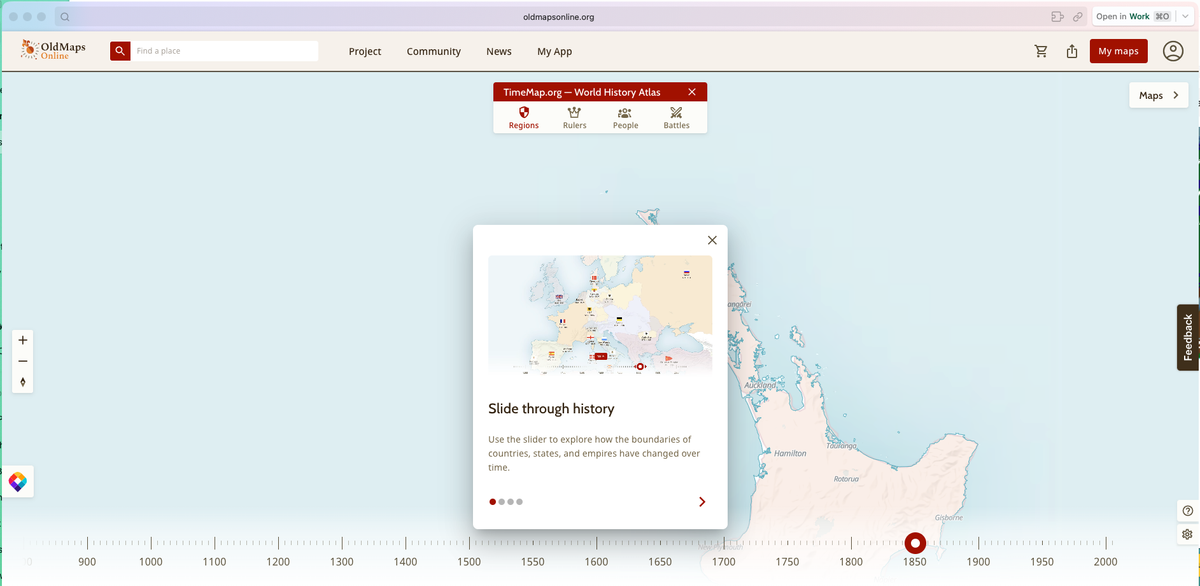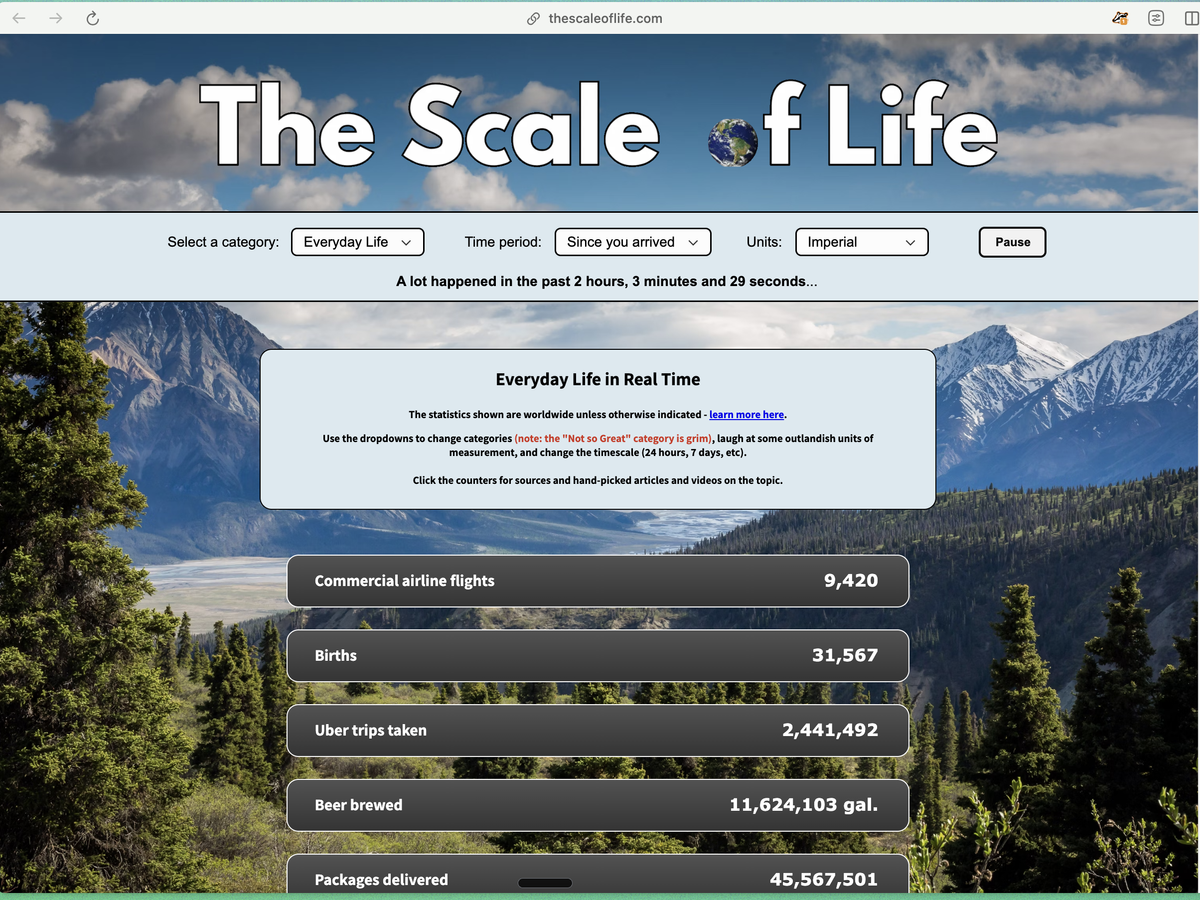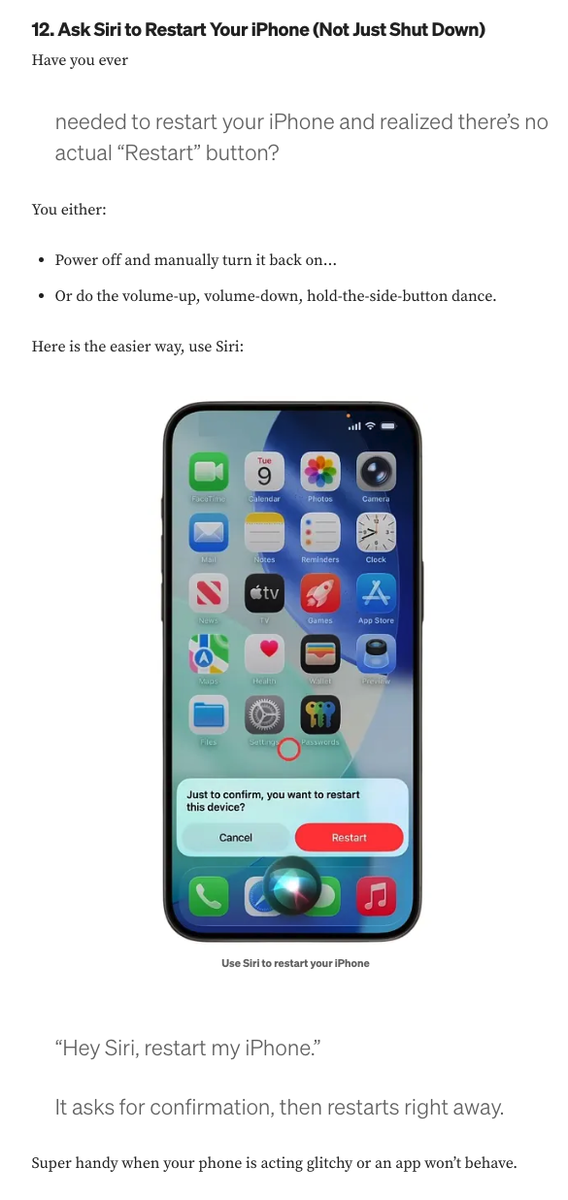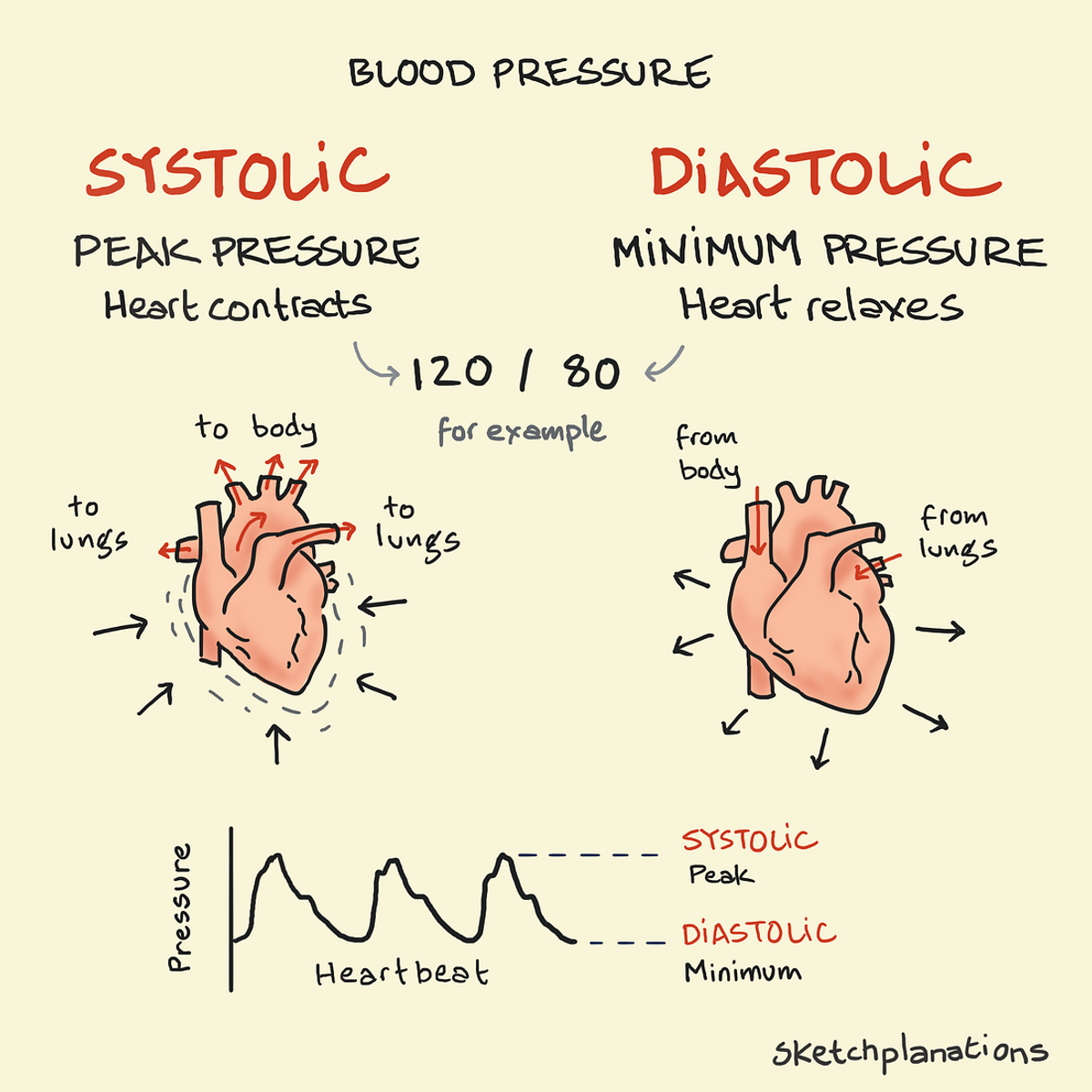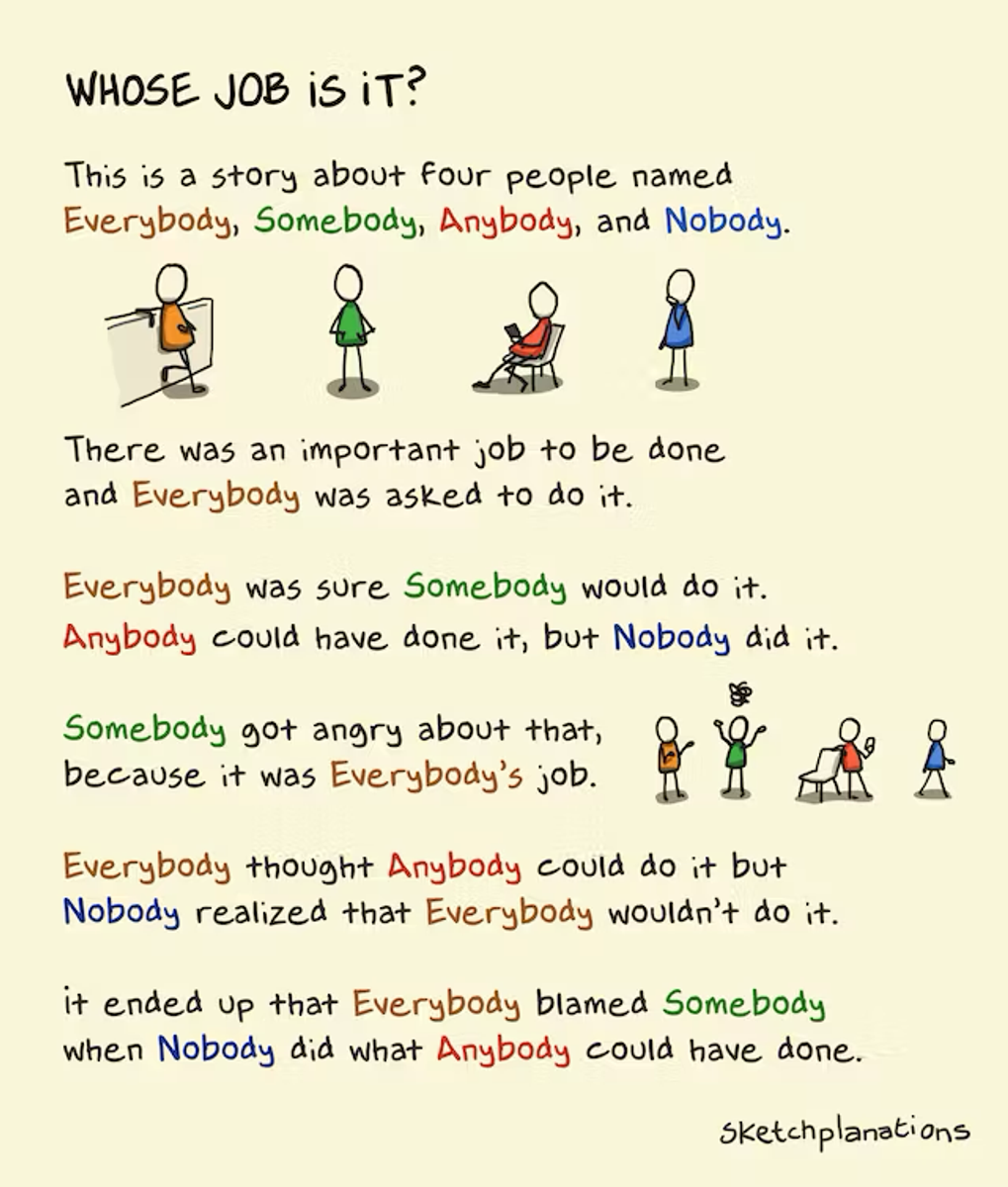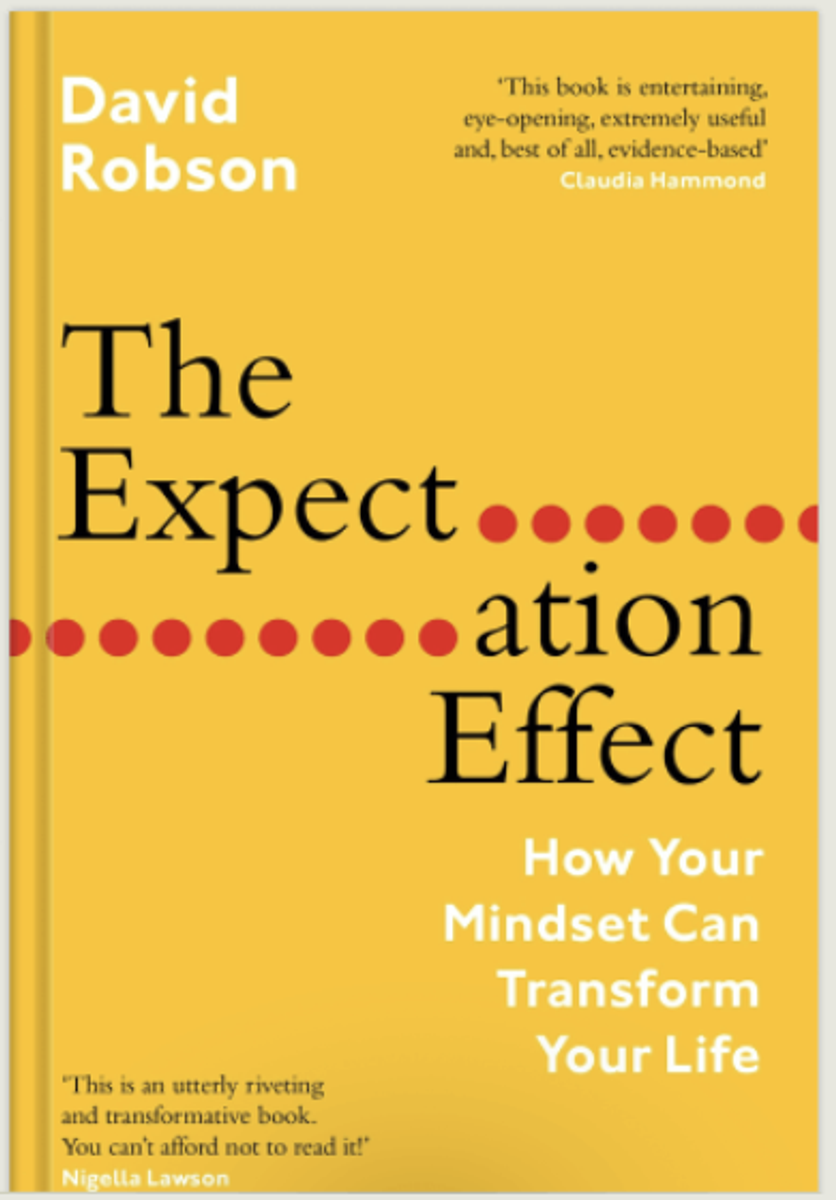Teaching & Learning Page:

Web Pages:
Tree of Life Explorer
Historical Maps to Interract With
https://www.oldmapsonline.org/en/history
Take a Selfie in Space - No Rocketship Required
The Scale of Life - In Real Time
https://www.thescaleoflife.com
Techie Tips:
In a text message - or especially useful in a group text - click the Plus sign at the left of the text field. One option is to add a poll, which you can customise.
It's quick, cool and convenient.
Sketches:
When a doctor or nurse takes your blood pressure, you’ll usually be told two numbers — for example, 120 over 80. But what do these numbers actually mean?
A blood pressure reading measures how strongly your blood pushes against your artery walls as your heart beats. About once every second, your heart contracts and relaxes — your heartbeat. Each contraction pushes blood to your lungs to exchange carbon dioxide for oxygen and sends oxygen-rich blood around your body.
Inside your heart, a set of clever valves ensures blood flows in just one direction — out to your body during each contraction, then back in to refill the heart as it relaxes.
Systolic Blood Pressure
When your heart contracts, it forces blood out at its peak pressure — this is called systolic blood pressure. It’s the higher of the two numbers in a blood pressure reading.
For example, in a reading of 120/80 mmHg, the 120 is your systolic pressure. It shows how hard your heart is working to pump blood through your arteries during the systole phase.
Diastolic Blood Pressure
When your heart relaxes between beats, the pressure in your arteries drops — this is called diastolic blood pressure. It’s the lower number in your reading and represents the baseline pressure as blood continues to flow even while the heart rests. This occurs during the diastole phase, when the heart refills ready for the next contraction.
An Example Blood Pressure Reading: 120/80 mmHgSo, in a normal blood pressure range like 120/80:
120 – Systolic blood pressure (heart contracting)
80 – Diastolic blood pressure (heart relaxing)
Together, these two numbers give a clear picture of how your heart and blood vessels are functioning — whether your blood pressure is normal, low, or high.
The unit mmHg means millimetres of mercury. It corresponds to early pressure gauges that measured pressure by the height of mercury in a glass column.
In case it’s not obvious, this is not medical advice, and I am not a doctor—I just wanted to know what those two numbers really meant when someone took my blood pressure. Many blood pressure readings are considered ‘normal’. If you have concerns, please consult a qualified medical professional!
Hoping you have a week that doesn’t raise your blood pressure too much.
Whose job is it?
There’s an old short story called “Whose job is it?” that goes like this:
This is a story about four people named Everybody, Somebody, Anybody, and Nobody.
There was an important job to be done and Everybody was asked to do it.
Everybody was sure Somebody would do it. Anybody could have done it, but Nobody did it. Somebody got angry about that, because it was Everybody's job.
Everybody thought Anybody could do it but Nobody realised that Everybody wouldn't do it.
It ended up that Everybody blamed Somebody when Nobody did what Anybody could have done.
It used to be up on the wall in my secondary school many years ago. Its message of taking ownership and responsibility and not assuming others will do what you don’t want to do has stuck with me ever since.
It’s rather like the famous advice to be the change you wish to see happen. Litter doesn’t clean itself up. Broken things don’t fix themselves. It might be up to you.
The story seems to be a condensed version of a longer piece by Charles Osgood called "The Responsibility Poem," though I couldn't find an original source anywhere.
Article:
The Hidden Power of Attitude:
What Neuroscience Is Teaching Us
Our self-talk often takes the form, “I’ve got to do this,” “I’ve got to prove this.”
Changing those statements to, “I get to do this” changes things. A tiny language shift changes our brain’s reward calculation in real time.
Why that shift works
Your brain constantly calculates what feels rewarding through a system called the orbitofrontal cortex. Each time you approach a task with dread, you teach your brain “this is unrewarding.” Each time you approach a task with openness, you teach the opposite. Same task, different encoding.
This isn’t fluffy “think positive.” It’s pathway training. The brain updates its “value database” with every repetition, big or small.
Take the rubbish. If you always take it out with a bad attitude, you wire in “rubbish equals bad.” If you treat it as simple and not a big deal, it becomes easier next time, even when it’s cold, wet, or smelly. Some people find flow in washing dishes while others loathe it. The difference isn’t the job — it’s the neural associations we’re strengthening.
“Watch your thoughts; they become words. Watch your words; they become actions. Watch your actions; they become habits. Watch your habits; they become character. Watch your character; it becomes your destiny.”
Why willpower often fails
When people hit a difficult habit loop, many default to “not this again” or “this will be awful.” That creates a second loop on top of the first:
- Trigger: you start to struggle
- Behaviour: you predict it will be terrible
- Result: it feels terrible, which reinforces the belief
Willpower tries to push through while your brain has already tagged the task as unrewarding. That drains energy and cements both loops. You’re not weak. You’re working against your own programming.
A better lever: curiosity
Curiosity changes the game in three ways:
- The stuck habit gets easier to work with.
- You see that the “bad attitude” gives poor returns, so it loosens.
- Curiosity itself feels rewarding, which your brain starts to prefer.
A simple three-step practice
Catch the attitude loop in real time.
Notice the instant “this will suck” thought. That thought is a behaviour you can train.
Get curious, not sugary.
Ask, “Where do I feel this resistance in my body? What happens if I try this with a different approach?”
Map your patterns.
Which times of day, tasks, or moods trigger the negative attitude? Use those as teachers. When frustration pops up, ask, “What do I actually get from adding frustration?” You’ll often find the answer is “nothing helpful,” which makes dropping it easier.
Why curiosity works in the brain
Curiosity brings a light, playful quality. It lets you notice when you’re throwing yourself a pity party and then judging yourself for it. When you see the mental story as a bit absurd, it loses its grip.
Practically, this activates your observing brain and quiets the part that loops on self-talk. You’re not pretending hard things are easy. You’re changing your relationship to them, which changes your brain state.
One patient had a line that helped: “Oh, that’s just how my brain works.” Another reminded himself, “It’s not my fault.” Both short-circuit shame and reopen learning.
Important scope note
If trauma or serious addiction is in the picture, these tools sit alongside professional care. Also, sometimes life is simply hard. On those days, the job is not to add a bad-attitude fuel load to an already tough moment.
Try this at home and school
For parents and caregivers
- Swap “have to” for “get to” once a day. Notice what changes.
- Make small chores quick wins. “Let’s see how quietly we can clear the table.”
- Keep devices visible and model attitude language your child can copy.
For our tamariki
- Before a tricky task, ask: “What tiny thing can I try first?”
- After finishing, ask: “What felt easier when I got curious?”
For staff
- Catch the micro-moment before a task you tend to resist. Label the story, breathe once, and start with a 2-minute action.
- In class, name the process: “Notice the ‘this is hard’ thought. Get curious. What can we try next?”
Your take-away
Attitude is not just a mood. It’s your trainer at the brain gym. Every time you approach something with curiosity instead of dread, you teach your brain to value that state, which makes the next time easier. Willpower tires quickly. Curiosity grows stronger the more you use it.
A one-minute script to keep handy
- “I’m noticing resistance.”
- “Where do I feel it?”
- “What is one curious step I can take?”
- “What did I learn from that step?”
Small shifts, repeated often, become habits. Habits shape character. Character shapes destiny, for us, and for our children.
Book Recommendation:
The Expectation Effect: How Your Mindset Can Transform Your Life
David Robson
As David Robson makes plain in this compelling book, the way we think about the world can profoundly shape how we navigate it. Based in science and packed with smart advice, The Expectation Effect will expand your mind―and maybe even extend your life.”―Daniel Pink, New York Times bestselling author of When, Drive, and To Sell Is Human
A journey through the cutting-edge science of how our mindset shapes every facet of our lives, revealing how your brain holds the keys to unlocking a better you.
What you believe can make it so.
You’ve heard of the placebo effect and how sugar pills can accelerate healing. But did you know that people who think they’re particularly prone to cardiovascular disease are four times as likely to die from cardiac arrest? Such is the power and deadly importance of the expectation effect - how what we think will happen changes what does happen.
Melding neuroscience with narrative, science journalist David Robson takes readers on a deep dive into the many life zones the expectation effect permeates. We see how people who believe stress is beneficial become more creative when placed under strain. We see how associating aging with wisdom can add seven plus years to your life. People say seeing is believing but, over and over, Robson proves that the converse is truer: believing is seeing.
The Expectation Effect is not woo-woo. You cannot think your way into a pile of money or out of a cancer diagnosis. But just because magical thinking is nonsense doesn’t mean rational magic doesn’t exist. Pointing to accepted psychology and objective physiology, Robson gives us the practical takeaways we need to improve our fitness, productivity, intelligence, and happiness. Any reader who wants to take their fate into their own hands need only pick up this book.


